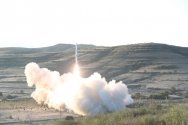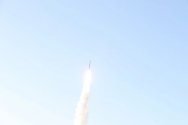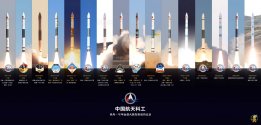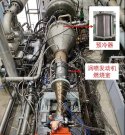A quick reading of the manipulator, I find this table interestingSix newly published articles on the various systems and operational aspects of the Chinese space station. I'm sure they make some very interesting read. @taxiya
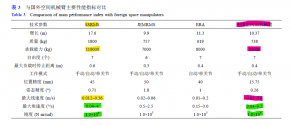
It is a comparison between SSRMS (canada arm) and CSS arm. There was a discussion among fans about the maximum load of the arms. The question was why SSRMS can take much higher load. From this table, it seems to me that there is no difference.
The green figures are similar between the two, the rigidities means that both arms are equally strong before they are bent and damaged. The maximum radial angular velocity indicate that they may have similar acceleration if their tasks should take similar amount of time. This also means that the motor's torque is about the same (not stated in the table).
The only difference related to load is the maximum linear velocity. SSRMS's lowest velocity is in a range lower than CSS arm, maximum ratio is 4.16/1 (CSS/SSRMS). Assuming the torque is similar (see above), it means that SSRMS has chosen to have a much lower acceleration which limits its top working speed before the arm is fully extended or folded. Same force gives higher mass a lower acceleration, or lower mass but higher acceleration. If we reduce the top working linear velocity of CSS arm to 1/4.16th, we would get 104t which is on the same level as SSRMS.
Notice that rigidities of JEMRMS (Japan arm) and ERA (Europe arm) are 1/10 of SSRMS and CSS arm, meaning they can only move a much lower mass to the same distance within the same time for a similar task.
What is outstanding is that the mass of CSS arm is on the same level as ERA and JEMRMS, but its rigidity is 10 times of them, I wonder why.
Last edited:






